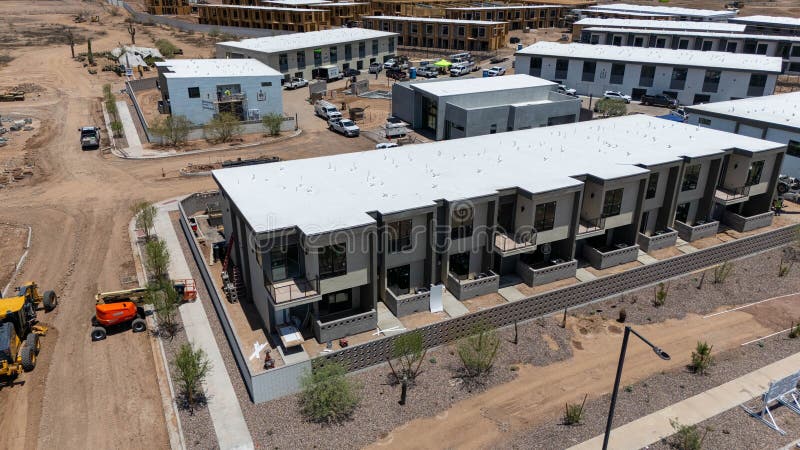Navigating residential construction costs doesn’t have to be overwhelming – discover insider knowledge to make informed decisions and avoid costly mistakes.
Understanding the Current Landscape of Residential Construction
The UK residential construction sector has experienced significant shifts in recent years, with costs rising by approximately 25% since 2021. Current market dynamics reflect a complex interplay of factors, including post-Brexit adjustments, global supply chain disruptions, and evolving building regulations. The industry faces unprecedented challenges, with material costs fluctuating dramatically and skilled labour shortages impacting project timelines and budgets. Despite these challenges, the sector remains robust, with new residential construction starts increasing by 15% in 2024 compared to the previous year.
Regional variations across the UK significantly impact construction costs, with London and the South East typically commanding premiums of 30-40% above the national average. Northern regions often present more cost-effective opportunities, though recent infrastructure investments have begun to narrow this gap. Understanding these geographical nuances is crucial for accurate budget planning and project feasibility assessment.
Breaking Down the Core Components of Residential Construction Costs
- Land Acquisition and Site Preparation (25-35% of total budget): Including surveys, clearance, and groundwork
- Planning and Compliance (5-10%): Building regulations, planning permission, and professional certifications
- Materials (30-40%): Framework, finishing materials, and building systems
- Labour (20-30%): Skilled trades and general construction workers
- Professional Fees (8-12%): Architects, surveyors, and project management
Material costs have seen particular volatility, with timber prices fluctuating by up to 40% in recent months. Steel and concrete prices remain elevated, while supply chain disruptions continue to impact delivery schedules and project timelines. Labour rates for skilled trades have increased significantly, with some specialities commanding up to £250 per day in high-demand areas.
Hidden Costs and Budget Considerations
Beyond the obvious expenses, successful residential construction projects must account for numerous hidden costs that can significantly impact the final budget. Insurance requirements have become more stringent, with comprehensive construction insurance now typically representing 2-3% of the total project value. Warranty costs, particularly for new builds, have increased by 15% since 2023, reflecting heightened risk awareness in the sector.
- Contingency Planning: Recommend 10-15% of total budget
- Infrastructure Connections: £5,000-£15,000 for utilities
- Legal Fees: £2,000-£5,000 for contracts and permissions
- Site Security: £1,000-£3,000 per month
- Temporary Facilities: £500-£1,500 monthly
Cost-Saving Strategies Without Compromising Quality
Smart value engineering and strategic timing can significantly reduce costs without sacrificing quality. Winter months typically see reduced contractor rates by 10-15%, while bulk material purchases during industry low seasons can yield substantial savings. Energy efficiency investments, though initially more expensive, can reduce long-term operating costs by up to 40%.
- Optimise Design: Standardised dimensions reduce waste
- Material Selection: Consider alternative materials meeting same specifications
- Timing: Schedule non-weather-dependent work for off-peak seasons
- Contractor Relations: Early engagement can lead to 5-10% cost reductions
Technology and Innovation Impact on Construction Costs
Modern construction methods and technologies are revolutionising cost management in residential construction. Building Information Modelling (BIM) has demonstrated potential cost savings of up to 20% through improved coordination and reduced errors. Prefabrication and modular construction techniques can reduce build times by 30-50% while maintaining high quality standards. Sustainable building practices, though often requiring higher initial investment, typically result in 15-25% lower operating costs over the building’s lifecycle.
Making Informed Decisions: Your Construction Cost Action Plan
Developing a comprehensive cost management strategy is essential for project success. Start by establishing a detailed budget timeline with clear milestones and payment schedules. Implement robust cost tracking systems, preferably using digital tools that offer real-time monitoring and variance analysis. Consider professional quantity surveyor services for projects exceeding £250,000, as their expertise typically saves 3-5 times their fee in cost optimisation.
- Document all cost decisions and changes
- Review and update budgets monthly
- Maintain detailed record of variations
- Engage experts for complex technical decisions
- Plan for future maintenance and operating costs
By understanding these various aspects of residential construction costs and implementing appropriate strategies, projects can be delivered more efficiently and economically. Remember that successful cost management requires continuous monitoring, adjustment, and professional expertise when needed.
FAQ
What are the 4 main types of construction work?
The four main types include residential, commercial, industrial and infrastructure construction, but there are other types of construction as well as different ways to classify them, such as by sector, owner, occupancy or fire resistance.
What’s the difference between commercial and residential construction?
Residential buildings house people, while commercial buildings house businesses and other types of organizations. In terms of scale, commercial projects generally are larger and more complex and require a great project management.
Sources
[1] https://www.joist.com/blog/residential-construction/
[2] https://en.wikipedia.org/wiki/Home_construction
[3] https://www.grcc.edu/schools-departments/school-workforce-training/job-training-programs/residential-construction


Leave a Reply